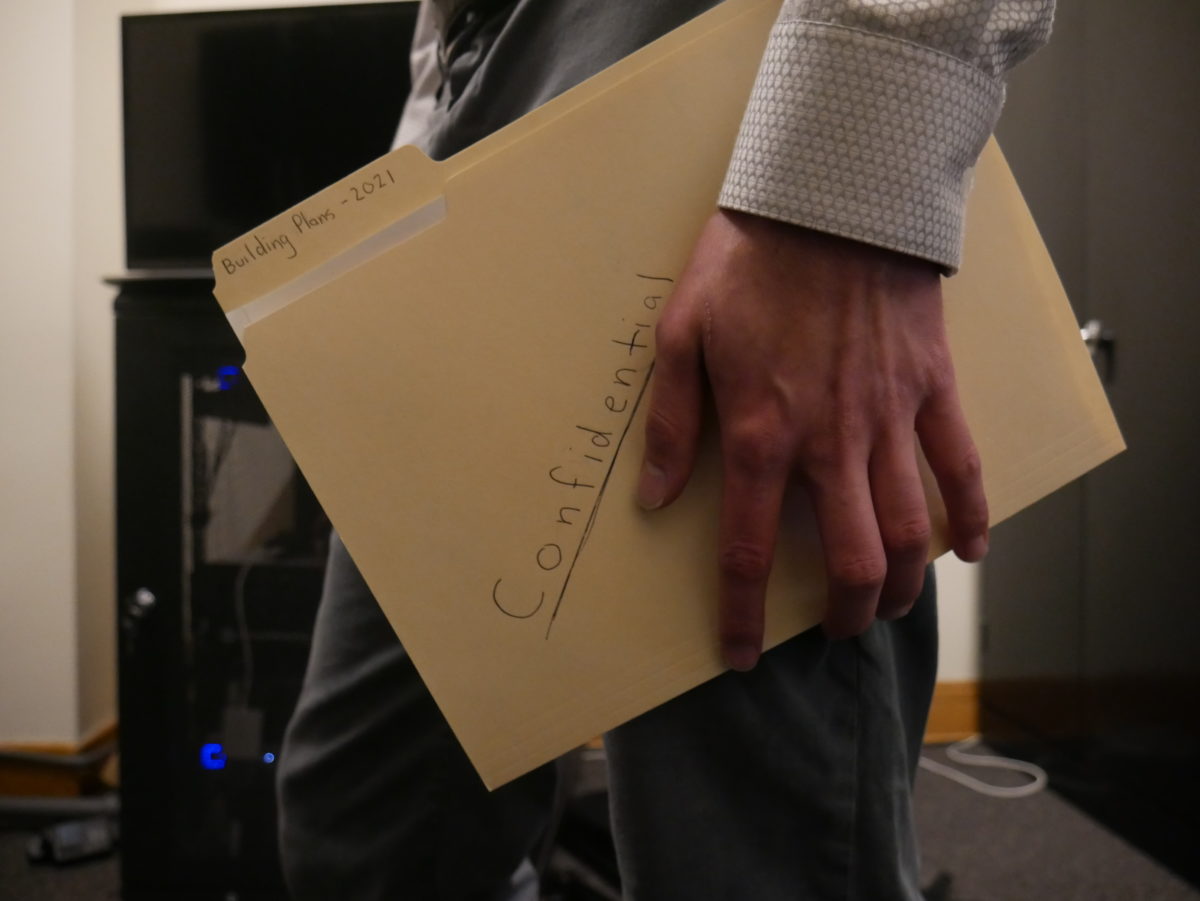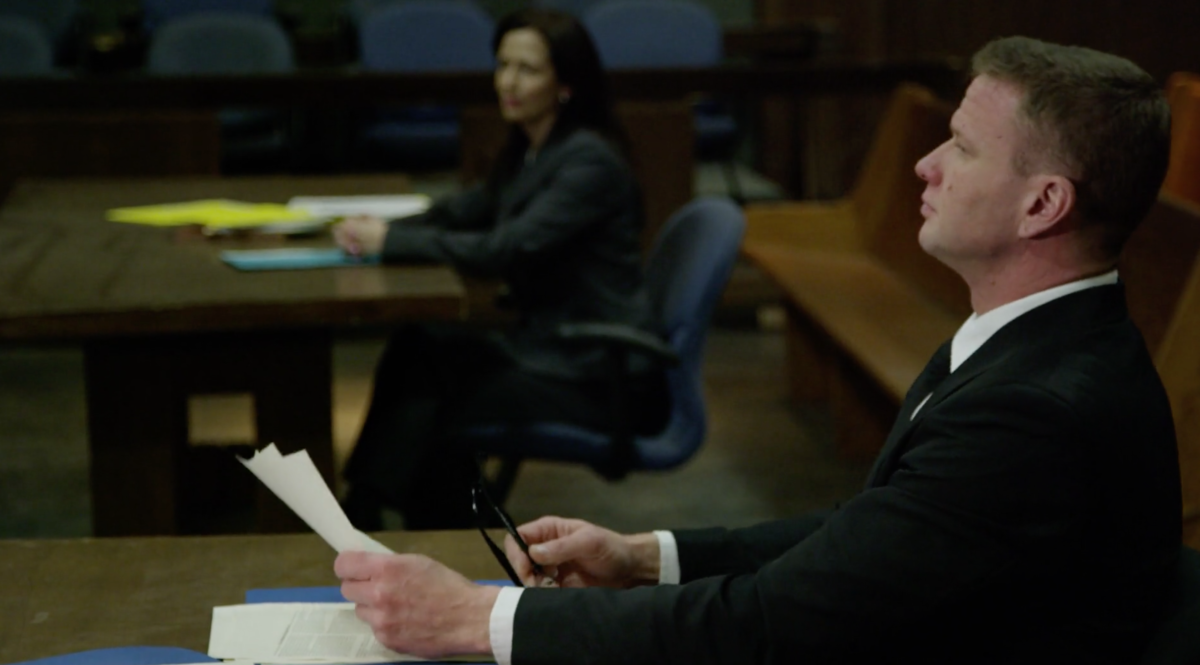Leading computer forensics Expert Lee Neubecker discusses trade secret misappropriation by a departing employee and how that can lead to a competitor gaining an unfair competitive edge. The Chair of Schiff Hardin’s trade secret practice, Matthew Prewitt, emphasizes the importance of working with a computer forensics expert to preserve digital evidence and perform effective discovery that can later be used if litigation is necessary. Enigma Forensics staff are experts when investigating a departed employee using computer forensics.
The transcript of the video follows:
Lee Neubecker: Hi, I’m here today with Matt Prewitt. Matt is the chair of Schiff Hardin’s trade secret practice, and is an experienced litigator that focuses on the area of trade secret theft. Matt, thanks for being on the show.
Matthew Prewitt: Thanks for having me, Lee.
Lee Neubecker: We’ve had cases we worked on before involving departed employees. Could you tell everyone a little bit about your experience in this area, dealing with trade secret theft?
Matthew Prewitt: Sure, I mean as a trial lawyer, I’ve litigated both sides, sometimes, defending the departing employee, and/or that employee’s new employer, other times representing as the plaintiff, the company that the employee left.
Lee Neubecker: So, can you tell people generally what happens when you’re on the side of that had the employee that left? What happens at ground zero?
Matthew Prewitt: Well, ideally, the company would already have in place a structure of trade secret protection, and contractual, policy, and technology protections against unfair competition by the departing employee. So, that framework consists of, typically, a confidentiality agreement with the employee, perhaps a set of restrictive covenants, like a non-compete agreement, and then, hopefully, handbook policies that govern the conduct of the employee. Those will be coupled with restrictions, of course, that integrate with the company’s relationships, with its vendors and customers. Basically what the company ideally should be doing, is sitting down with outside counsel, in-house counsel, IT, and thinking about all the places where the company has sensitive, competitive information, trade secrets, or other confidential information, that are at risk when an employee turns out to be disloyal.
Lee Neubecker: So, when a client calls you, and they suspect that someone took stuff, what do you advise them to do, initially?
Matthew Prewitt: Well, I mean the first is to assess the situation and, that consists of identifying, with these days, almost everything is electronic of course, so, the first part of the assessment is to identify the types of electronic information that the departing employee would have access to. Either legitimately, during the course of that employee’s work, or, by exceeding the policy limits or protections that the company had in place. You’re doing, you’re identifying those areas for two reasons, one, preservation of evidence is very very important. And there’s no way to know what you need to preserve if you don’t know what the employee had access to, or potentially could’ve stolen. And then the other reason is to assess the competitive risk, and to begin to develop a plan for the investigation, and perhaps litigation response if it turns out to be warranted.
Lee Neubecker: And, so, typically, I know part of that initial response, when I’ve worked with you in the past, you want a forensic image made of the employee’s computer, before anyone mucks it up.
Matthew Prewitt: That is a, certainly an important starting point. With the changes in technology, for better or for worse, the places where the relevant data reside and the places that need to be preserved are, are multiplying instead of getting narrower, so, the hard drive of the laptop remains a very important source, because, forensically, it is often times the area that is most susceptible to forensic analysis and investigation. But there certainly are other places, as well. Cloud storage, the company’s computer network, personal email account of the employee, personal phone, company-issued phone, it goes on.
Lee Neubecker: I know when I first started in this area many years ago, the misappropriation was on a CD-ROM, and now, you’ve got smart phones, you’ve got USB drives, but the cloud is a whole other area of concern, because, companies can connect to Dropbox, Box.com, various other place, AWS, and move data to the cloud, so that, that becomes another point of concern in a need to be able to collect and preserve data from sources other than the computer.
Matthew Prewitt: You’re absolutely right, Lee.
Lee Neubecker: So can you tell us any war stories about what, what’s happened in the past when you’ve used forensics to pursue a case, and what kind of result you’ve been able to get for your clients?
Matthew Prewitt: Sure. I mean the forensic examination is really a critical part of a trade secrets case, especially if you’re on the plaintiff side, because, in, when you’re in court, trying to enforce restrictions against a departing employee, the, for better or for worse, the court is typically going to start that process with having, with some sympathy to the departing employee. I mean we are in America, and people are supposed to be rewarded for their ingenuity and hard work, and, employee mobility from one company to another is a basic value of our society. So, showing the court that the employee cannot be trusted to do the right thing, to be an honest and ethical employee at the new employer, at the new, at the competitor that she or he’s goin’ to, is really really important for building an effective non-compete case, or trade secrets theft case as a plaintiff.
Lee Neubecker: So for instance, if your client had a policy of no USB drives, and didn’t use USB drives, but yet, your forensic expert reported that a USB device was plugged into the computer the day before they filed their resignation, and that various files appear to have been copied to that drive, that would be something that would be compelling in support of an injunction, correct?
Matthew Prewitt: It’s certainly a brick in the building that you’re trying, or the story that you’re trying to build from court, absolutely.
Lee Neubecker: So there’s other pieces too, have you had situations where you’ve petitioned the court to allow discovery of that departed employee’s home computer, or the new workplace computer?
Matthew Prewitt: Yes, part of the forensic exercise is demonstrating the need for that discovery. And so, what you’ll want to start with as part of your initial investigation, is to have your forensic expert look for evidence that will show that the employee has used her home computer, has used external devices, has copied to the cloud, and once you can show the migration of data, under suspicious circumstances, off the realm of the company-owned hardware or accounts, then that’s the central starting point for demonstrating the court that you need a more invasive approach into the personal devices and accounts of the departing employee.
Lee Neubecker: Great so, let’s say that the plaintiff attorney has established convincingly with their forensic expert that data was misappropriated, and that the data clearly is confidential, and trade secret-type information. If you’re advising the new company that hired the sales person, and you saw the report and you believed the report to be credible, how might you try to help that new employer end the litigation and get things to a peaceful place?
Matthew Prewitt: Hopefully that they, the new employer has already laid the foundation for that scenario by instructing the employee before arriving, that they should not copy or take things with them, from their previous employment, should not load things onto the company network that are… belong to the previous employer, et cetera. And, to have done that in writing. If that’s happened, that puts the new employer in a potentially awkward spot, because you have an employee who not only has, has taken his former, his or her former employer’s stuff, but then has also disregarded the instructions of the new employer as well. That’s the situation where the new employer may be seriously considering terminating its relationship with the new employee.
Lee Neubecker: I’ve seen that happen, I’ve also seen situations where, the employee who departs agrees to have forensic inspections on his computer, and, signs an agreement that pretty much guarantees that if he’s caught doing something with this, that he’s going to have, face massive legal costs, and admit to wrongdoing.
Matthew Prewitt: That’s where that trust factor or credibility factor, that comes, that’s one example of where it becomes really critical. Not only is the court typically going to be inclined to the defendant departing employee’s situation, and want that employee to be able have gainful employment, many courts are also going to want to give that employee a second chance. And the second chance here is the chance to turn over the, turn over the information, and provide exactly the kind of affidavit or certification you’re referring to.
Lee Neubecker: Great well, I appreciate you being on the show and talking about this topic. It’s one that impacts most businesses, so, thanks again for being on the show.
Keys to Investigating Departed Employees using Computer Forensics
- Forensically preserve the departed employee’s computer storage media before any examination of the contents occurs
- Look for recently accessed files as reported by shortcuts and other system activity logs
- Analyze recently deleted files to look for evidence of trade secret theft
- Investigate recent connections of external storage to the computer
- Build a timeline of events that led up to the departure to assist in an efficient investigation
- Hire an experienced computer forensics expert – that’s us







